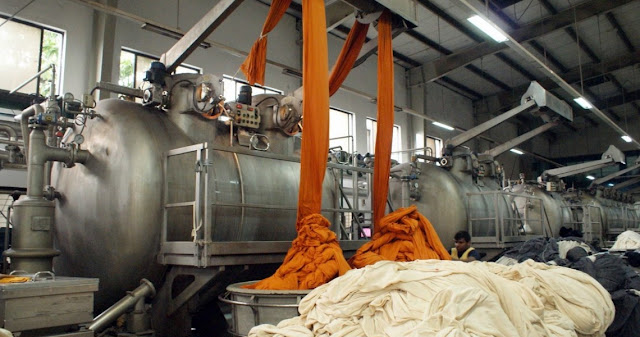Garments
Labels:
Garments labels are sewn or
printed in garments and contain, country of origin, manufacturer identification
number, care instruction, and voluntary information identifying size and brand.
Garments labels should be affixed and legible for the useful life of the
apparel item. Garment labels are selected based on location of label (interior
or exterior application); type and design of the garments; contact with the
wearer’s skin; intricacy or simplicity of the label content (logo, graphic art,
word, and so on); garment fabric, brand, quality, and price point; and
information to be disclosed.
Label
types:
Garments labels are created by
manufacturers from both mature and synthetic fibers and can be woven or
printed. Woven labels are more durable and maintain their appearance and
legibility longer than printed labels after repeated laundering or
dry-cleaning. Materials used for sew- in labels include acetate, cotton,
bamboo, polyester, leather, suede, PVC, silicon, or rubber.
















